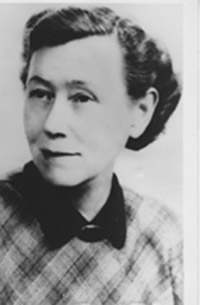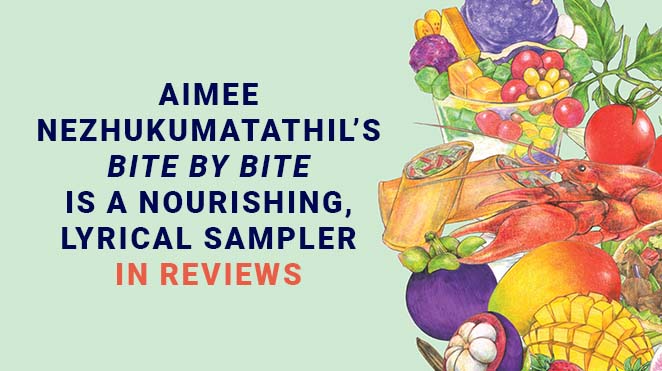
May Justus’s stories revolve around her mountain heritage and upbringing. Such stories as “The House in No-End Hollow” and “Dixie Decides” evoke the same rustic childhood that she experienced in rural Tennessee in the early 1900s.
Justus was born on May 12, 1898, in Del Rio, Tennessee. Her father was a schoolteacher, and the family moved around quite frequently but always stayed close to the Appalachian Mountains that helped shape Justus’s character and writing. “For I feel at home only in the mountains,” she has said in several interviews. She eventually attended the University of Tennessee in Knoxville where she earned her Bachelors in Teaching. Early in her career, she grew fond of writing children’s literature that explored the mountain folklore of her youth.
Her first children’s book—Peter Pocket—was published in 1927, followed by Gabby Gaffer in 1929. The story of Gabby Gaffer is pure whimsy, dealing with a peculiar, yet charming, stranger who makes his way into the mountain community of Unlucky Village, but proves he can change that.
After her first publications, Justus continued to generate works, all while teaching. Her students inspired Justus to write more and more—and she did, dedicating countless stories to them. Justus’s love of children even led her to begin teaching handicapped students in her own home. After her retirement, Justus continued her work with children, operating a story-and-song program from her home and maintaining a children’s library in her attic for twenty years.
Justus won a bevy of awards for her literary achievements, including the Julia Ellsworth Ford Prize for Gabby Gaffer’s New Shoes in 1935, and the Boy’s Club Award in 1950 for Luck for Little Lihu, cementing her place as an adored children’s author. She passed away on November 7, 1989, at the age of 91. Posthumously, her Alma Mater established the May Justus Collection, housing bibliographies of all of her books, anthologies containing her short poems, photographs, manuscripts, sixteen handwritten letters, and other materials concerning her personal history. The establishment hopes to keep the work of Justus alive and thriving, and help it reach and touch as many children as possible—something Justus would surely appreciate.
Selected Bibliography
Gabby Gaffer (fiction), 1929
The Other Side of the Mountain (fiction), 1931
Cabin on Kettle Creek (fiction), 1941
Children of the Great Smoky Mountains (fiction), 1952
Luck for Little Lihu (fiction), 1960
Selected Links
A full bibliography of Justus’s work, with descriptions:
http://www2.ferrum.edu/applit/bibs/JustusBib.htm
Essay: “A Greater Fairness: May Justus as Popular Educator”: http://www2.ferrum.edu/applit/articles/JustusArt.htm
Essay (covering Justus’s work and others’): “A Survey of Realism in Appalachian Picture Books”:
http://www2.ferrum.edu/applit/articles/PicBkRealism.htm





